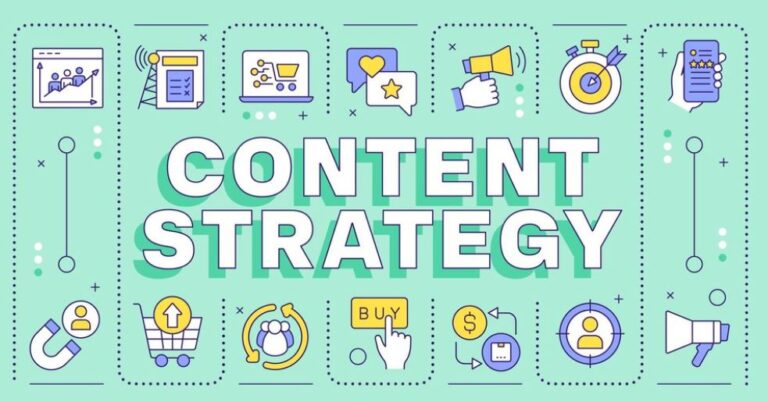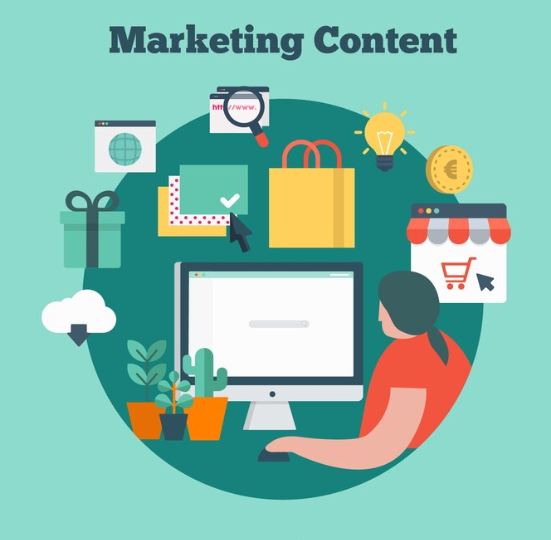In the fast-paced digital world, email marketing remains a cornerstone strategy for service-based businesses. It’s not just about sending emails; it’s the art of building relationships and driving growth. This guide dives deep into email marketing, specifically focusing on building a robust subscriber list – a critical asset for any service-based business.
Understanding Email Marketing
Before jumping into strategies, it’s crucial to understand what email marketing entails. It’s a direct marketing channel that uses emails to promote your business’s products or services. But at its core, it’s about connecting with potential and existing customers.
Why Email Marketing for Service-based Businesses?
Service-based businesses, unlike product-based ones, often rely on establishing trust and ongoing relationships. Email marketing provides a platform to nurture these relationships, showcase expertise, and keep your services top-of-mind.
Building Your Subscriber List: The Foundation
1. Creating an Irresistible Lead Magnet
You offer a valuable lead magnet for free in exchange for an email address. This could be a free consultation, an eBook, or an exclusive webinar for service-based businesses. The key is to ensure it’s relevant and valuable to your target audience.
Real-World Application: A financial consultancy could offer a free eBook on personal budgeting tips or a mini-course on investment strategies.
What makes a good lead magnet?
Effective lead magnets for service-based businesses typically include valuable, relevant content that addresses specific needs or pain points of the target audience. Key elements include:
- Solving a Specific Problem: The lead magnet should offer a solution to a common problem faced by your target market.
- Immediate Utility: It should provide immediate value, such as actionable tips or insights, that the audience can use right away.
- Expertise Demonstration: The content should showcase your expertise and establish your business as a knowledgeable authority in your field.
- High-Quality Content: Ensure the lead magnet is well-produced, professional, and reflects the quality of your services.
- Relevance to Services Offered: Align the lead magnet with the services you provide, making it a natural stepping stone to your paid offerings.
- Easy to Consume Format: Whether it’s an eBook, webinar, checklist, or guide, make sure it’s easy to access and engage with.
- Clear Call-to-Action (CTA): Include a CTA that guides leads towards the next step in your sales funnel.
By addressing these key aspects, service-based businesses can create lead magnets that not only attract potential clients but also build trust and demonstrate value.
What are the best Lead Magnets for Service-Based Businesses?
For service-based businesses, the best lead magnets are those that offer immediate value and demonstrate expertise. Effective options include:
- Free Guides or eBooks: These provide in-depth insights into common challenges or topics relevant to your audience.
- Checklists or Worksheets: Useful tools for clients to organise their tasks or projects related to your services.
- Webinars or Workshops: Live or recorded sessions that offer expert advice, tips, or training.
- Free Consultations: Personalised sessions that give potential clients a taste of your services and expertise.
- Case Studies or Success Stories: Showcasing your past success can build trust and credibility.
- Email Courses: A series of informative emails that educate the audience about a particular subject.
- Industry Reports or Whitepapers: Offering in-depth analysis or research can position you as a thought leader.
These lead magnets should address specific client needs while highlighting your business’s unique value proposition.
2. Optimising Your Website for Email Sign-ups
Optimise your website to encourage email sign-ups. This means having clear and compelling calls-to-action (CTAs), strategically placed sign-up forms, and an unobtrusive yet noticeable pop-up form.
Practical Advice: Place a sign-up form on your most visited pages, like your homepage, blog, and about page. Ensure your CTA is compelling and speaks directly to the benefits of subscribing.
Where should I place my email sign-up form on my website?
The footer, sidebar, and at the end of blog posts are effective locations.
3. Leveraging Social Media Platforms
Use your social media profiles to promote your lead magnet and direct followers to your email list. You can use organic posts, stories, or paid ads to reach a broader audience.
Step-by-Step Guide:
- Share snippets of your lead magnet on social media.
- Add a call-to-action leading to your sign-up form.
- For paid promotions, target your ads to your ideal customer demographics.
How can I use social media to grow my email list?
To grow your email list using social media for a service-based business, follow these concise steps:
- Share Valuable Content: Regularly post helpful tips, insights, or blog articles related to your services. Include a sign-up link to your email list in these posts.
- Leverage Lead Magnets: Promote free resources like eBooks, webinars, or guides on your social media. Require an email sign-up to access these materials.
- Run Contests or Giveaways: Host contests on your social channels where participants sign up for your email list as part of the entry process.
- Use Social Media Ads: Target your ideal audience with ads that promote sign-ups for exclusive content or offers available only to email subscribers.
- Pin Posts or Stories: Pin posts with a call-to-action to sign up for your email list or use features like Instagram Stories’ swipe-up link for direct sign-up.
- Engage with Your Audience: Respond to comments and messages, fostering relationships that encourage followers to join your email community.
Remember, always provide clear value and make the sign-up process simple and straightforward.
4. Hosting Webinars or Live Events
Webinars and live events are excellent for collecting email addresses. They provide value and establish your authority, encouraging sign-ups.
Real-World Example: A marketing agency could host a webinar on the latest digital marketing trends, requiring an email sign-up to access.
How effective are webinars for email list building?
Webinars are highly effective for email list building, particularly for service-based businesses. They offer several advantages:
- Targeted Audience: Webinars attract individuals interested in specific topics, resulting in a more engaged and relevant email list.
- Value Proposition: By providing valuable information or training, webinars establish trust and credibility with attendees.
- Lead Capture: Registration for the webinar naturally captures email addresses, efficiently growing your list.
- Follow-up Opportunities: Post-webinar communications can further engage attendees, encouraging them to explore your services.
In summary, webinars not only help in expanding your email list but also in nurturing potential clients by showcasing your expertise.
5. Collaborating with Complementary Businesses
Collaborate with businesses that complement yours and share a similar target audience. Joint webinars, co-authored guides, or cross-promotional offers can be beneficial.
Practical Tip: Identify businesses that align with your values and offer complementary services. Propose a collaboration that benefits both parties’ email lists.
How do I find businesses to collaborate with?
To find businesses to collaborate with that align with your target audience, consider these steps:
- Identify Complementary Businesses: Look for businesses that offer products or services that complement yours and cater to a similar audience, without being direct competitors.
- Networking Events and Conferences: Attend industry events, both in-person and online, to meet potential collaborators.
- Social Media and Online Forums: Utilise platforms like LinkedIn, industry-specific forums, and social media groups to connect with like-minded businesses.
- Referrals: Ask your network for introductions to businesses that might be a good fit for collaboration.
- Research Local Businesses: Explore local business directories or community groups to find potential collaborators in your area.
- Collaboration Platforms: Use online platforms designed for finding and managing business collaborations.
Remember, the key is to find businesses with a shared target audience and complementary goals, ensuring a mutually beneficial partnership.
Summary
Building a robust email subscriber list is a journey that requires patience, strategy, and a bit of creativity. Remember, the quality of your list is far more critical than the quantity. Focus on attracting people who genuinely benefit from and appreciate your services. Implement these strategies, and watch as your email list becomes a powerful tool in driving the success of your service-based business.
Are you ready to take your email marketing to the next level?

